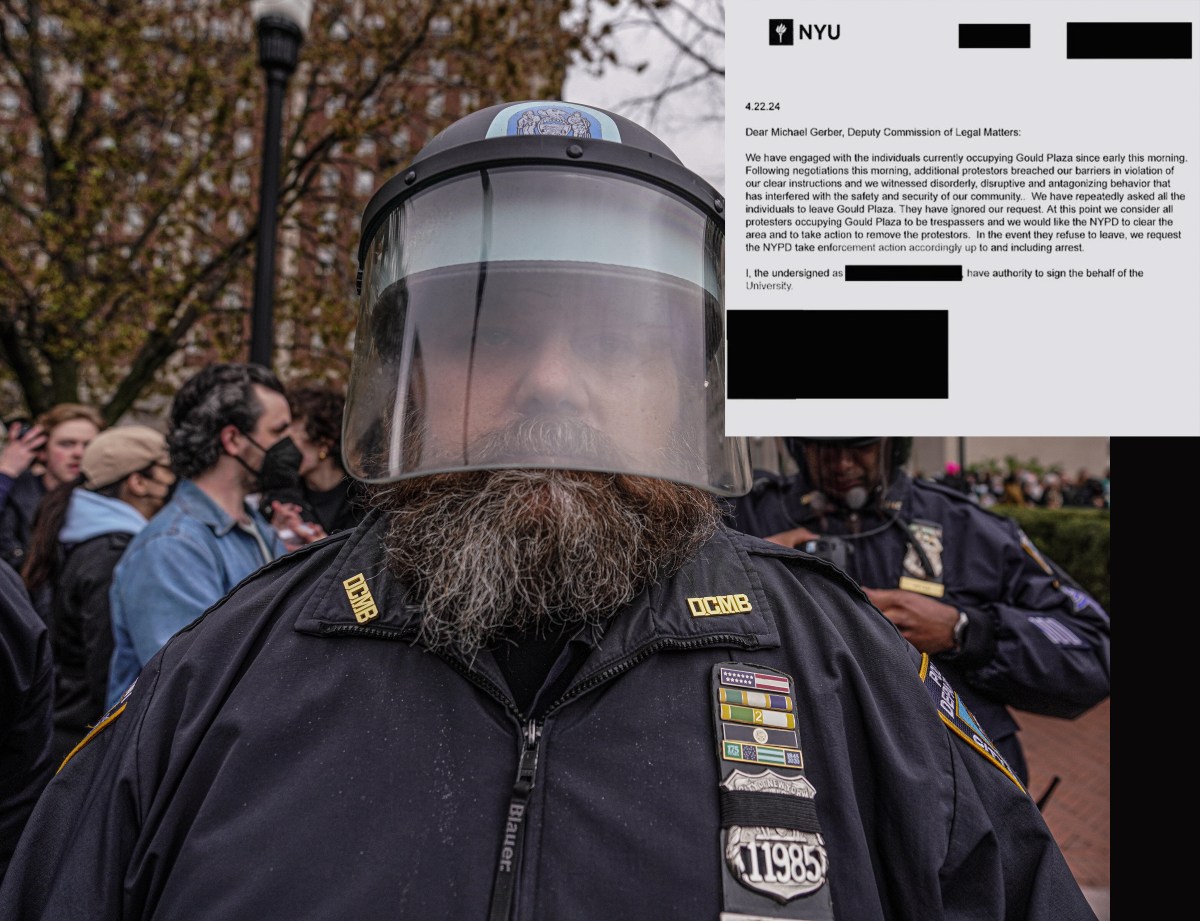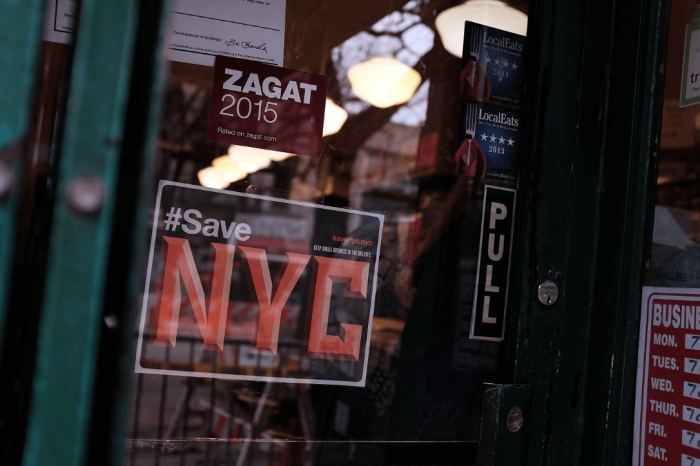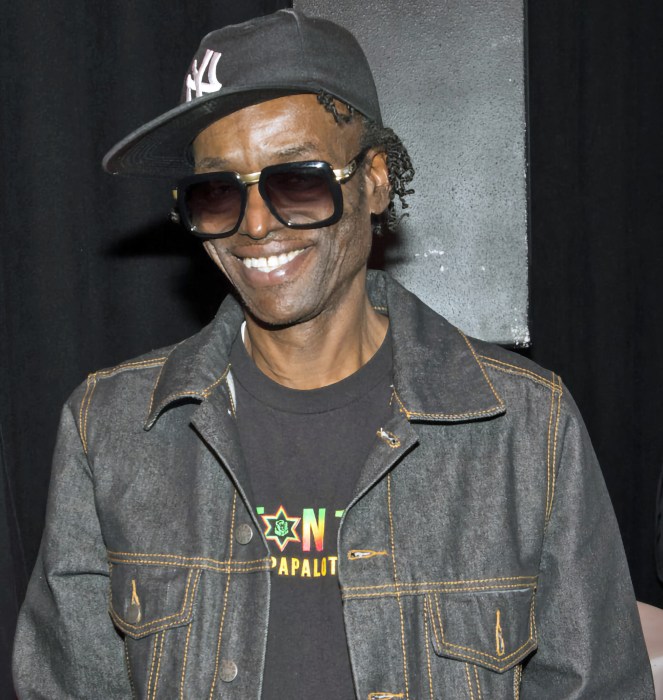Women on 20’s have announced that Americans have voted for Harriet Tubman to replace Andrew Jackson on the $20 bill.
Women on 20’s described the abolitionist and humanitarian as “herculean” in an extended biography that captured the acomplishments and importantce of Tubman to American history.
“Considered by many the “Moses” of her time, escaped slave Harriet Tubman became one of the country’s leading abolitionists before the Civil War. She returned to the South an estimated 19 times to rescue her family and others from bondage as a “conductor” on what was known as the Underground Railroad, an elaborate secret network of safe houses leading to freedom in the North. Later, with her intimate knowledge of the geography and transportation systems of the South, she became a valuable asset to the Union army as a spy and scout. Her Herculean accomplishments were attributed to extraordinary courage, shrewdness and determination. The Quaker Thomas Garrett said of her, ‘If she had been a white woman, she would have been heralded as the greatest woman of her age.'” The organization has for the last several months been asking people to visit their website to vote for which American woman should be the face of the most used bill in the United States’currency. A little over 600,000 people voted and over a million votes were cast in several rounds ofwhat must have been a very tight race. See all the results here. Women on 20s has since sent a formal petition to the White House for Harriet Tubman to be placed on the $20 bill.
PREVIOUS:Should a woman be on the $20 bill?
Can you imagine seeing Eleanor Roosevelt’s face on the $20 bill?What about Harriet Tubman? What about a woman in general?
This could be a reality with the help of an organization known as “Women on 20s.” The organization’s efforts have gained the attraction of the Internet with a ballot of 15 candidates who they think deserve a spot on our most used currency. Among the women on the list are recognizable names like Sojourner Truth and Rosa Parks, and some lesser known women like Margaret Sanger and Frances Perkins. All of the women, whether they’re well known or obscure, have had a lasting impact on the nation. Metro spoke with Susan Ades Stone, executive director of Women on 20s, about the organization’s mission, and progress on placing a woman on the $20 bill:
What is the mission of Women on 20s?
The Women on 20s mission is to get women who have been great forces of change in this country the recognition that they deserve. The reason for that is we are really missing women from our everyday experiences. There are very few monuments of women, relative to the number of monuments of men. Women are not well represented in our history books. They are not on our money, we don’t see them every day when we make transactions. Women are responsible for 80% of consumer buying decisions in this country. [Women] are very invisible. We are looking to change that. Why the $20 bill?
The twenty is a target for a couple of reasons:
1) If this change is to be made we want it to be on a bill that is used everyday. The one that is most frequently spit out of an ATM. We don’t it to be a bill that people rarely use, and we don’t want to create a new bill because that means we have to go a route of having to change code. Right now the code for paper currency has very few requirements and one of them is just that person needs to be deceased and another is that it be a person of great stature. 2) 2020 is the centennial of women gaining the right to vote with the 19th amendment. It seems a fitting thing to have the twenty dollar bill that we handle at that point be something with a woman’s image on it. 3) The person on the twenty right now [Andrew Jackson] is someone who has a mixed legacy. The negative part of his legacy has come to dominate his memory and we feel the Trail of Tears, [from] his Indian Removal act that he signed in 1830, is a painful moment in American history. If that isn’t enough of a reason, Andrew Jackson was a fierce opponent of the Central Banking System and in particular not a fan of paper money. It seems ironic that his face ended up on one of our most commonly used bills 4) The twenty dollar bill happens to be up for redesign. The money for redesign of currency is in the budget of the treasury department and it is the treasury secretary’s prerogative to change the portrait at the same time that the other aspects of the bill are redesigned. What does Women on 20s have to say about Sacagawea or Susan B. Anthony being on coins?
When was the last time you saw one of those? We think that those coins were really only tokens of respect for women. Most people don’t realize that the Susan B. Anthony coin is not even being minted anymore. The Sacagawea coin which replaced it is also in very limited production right now. It seems to have been replaced by the John Adams dollar. In this day and age our paper money should reflect who we are, and acknowledge how far we have come as a nation. Can you give us a background behind how you chose the list of women?
The list started with Barbara Ortiz Howard whose idea it was to launch some kind of an effort to get a woman’s portrait on our paper money. She started an informal poll of her friends and she asked us to weigh in on who we thought was deserving. Through her own research and outreach she came up with a list of about 100 women. From there we started to whittle it down bit by bit, sometimes with the advice of academics. When we got to thirty we started a very rigorous process of using a survey that had two questions. One, “What was this person’s impact on society? How far reaching was their influence and how lasting?” The second one was, “How difficult was the challenge for this candidate, were they a pioneer? Were they the first?” The survey was taken by about a hundred people who took quite a bit of time to familiarize themselves with the candidates, unless they were among the two dozen experts who were either academics or authors or women’s history people that weighed in. That’s how we got to fifteen and that is the group you see on the website. That group will, after the first period of voting is over, be whittled down to three.
When is the deadline to vote?
We did not put a deadline on it because we wanted to keep this going as long as we were getting interest and a lot of voters. We won’t stop it before we reach 100,000 [voters], but we are already past the halfway mark on that. We’re pretty confident that we’ll get to that mark. We’re thinking that we’ll probably move into the next round by the end of March which is Women’s History Month. Any plans to get female politicians to forward this message?
We do not have a plan for that. We decided that this should be more of a campaign that comes from the people. It doesn’t require any kind of congressional action or involvement. We certainly would not be disappointed if we got support from members of congress, but we are not actively lobbying or seeking endorsements from them right now. We think that the people’s votes will speak loudly by themselves. Is there one thing you would like the our readers to know?
If they want to take part in historic change and know that they had a hand in making something significant like this happen, they need to go to our website and vote. We can’t count their vote if we don’t know who they are and we can’t read their minds Matt Lee is a Web producer for Metro New York. He writes about almost everything and anything. Talk to him (or yell at him) on twitter so he doesn’t feel lonely@mattlee2669.


















